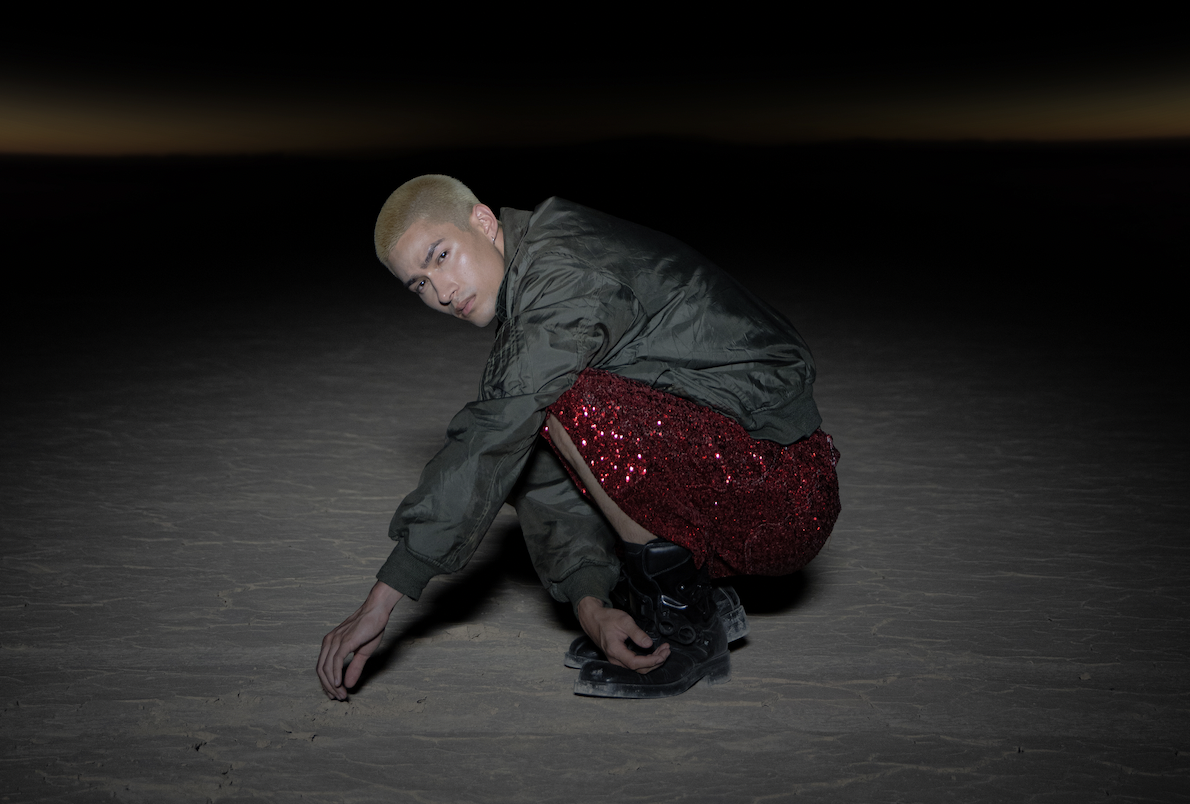A small audience gathered in a theater in downtown Washington, DC on a recent weeknight for a screening of Suzhou River, the 2000 film by Lou Ye about a videographer-protagonist searching for a past lover lost to Shanghai’s turn-of-millennium development boom. Conversations in Mandarin could be heard throughout the lobby as organizers of the DC Chinese Film Festival (DCCFF) sold tickets and passed out brochures.
Founded in 2011 by Yibin Cai, the DCCFF is “dedicated to discovering outstanding Chinese film around the world and encouraging cultural diversity through films” — it’s a miniature universe that examines the situation of Chinese culture on the international stage. Their theme for 2017 is “New Wave” Cinema of the ’80s and ’90s. As with all retrospectives, the films in DCCFF’s 2017 program take on new and evolved meanings beyond the scope of their original reception.
The audience at the screening of Suzhou River is almost entirely Chinese. Rita Xia, one of the festival’s organizers, tells me that her team reaches out specifically to Chinese students studying abroad in Washington, and to other Chinese communities in the city. Chinese film isn’t known for its international sway, at least not beyond the heyday of the breakout Fifth Generation filmmakers. DCCFF and the crowd at Suzhou River identify a perceived cultural lack that, in political terms, might be called a soft power problem.
The example typically put forward, by way of contrast, is the prevalence and popularity of Japanese culture in the United States — forms like anime and manga that have achieved mainstream cultural recognition. You’ll find manga on more American bookshelves than Chinese literary giants like Lu Xun and Yu Hua. The historical groundwork for this stark difference in American reception of Japanese and Chinese cultures is exactly as obvious as you might think: the United States occupied Japan for seven years, from 1945-52. The influx of American culture to Japan far outmatched the reverse flow of Japanese culture into the US, but the relationship facilitated considerable, if uneven, cultural exchange.
By contrast, China was critical of Western and American influence well into the 1980s. The history and legacy of Hollywood, however, has hung over Chinese cinema from its very beginning. It is a history that China has at times bucked and re-invented, wary of foreign engagement in an exploding domestic film market.
The DCCFF retrospective seems unwilling to insist on an outdated take on Chinese film. Nevertheless, and unsurprisingly, the best-selling screening for this year’s festival was Chen Kaige’s Farewell My Concubine, perhaps the best-known Chinese film in the West. Farewell My Concubine, like the work of Chen’s fellow Fifth Generation auteur Zhang Yimou, is a neat example of the outer limits of the soft power appeal of Chinese film. Zhang’s move from breakout Fifth Generation star to director of the 2008 Olympics opening ceremony speaks to the utility of the Fifth Generation in soft power campaigns.
When it comes to selecting films, the DCCFF faces a number of challenges as a small, sparely funded operation: securing rights for film screenings can be expensive, if the films can even make it to the US in the first place. This year’s screening of Farewell My Concubine was offered to festival organizers for free, but a number of films proposed were either too expensive or unobtainable. Festival co-organizer Rita Xia notes that funding and logistical concerns can leave the ultimate festival selection feeling somewhat “random.”
Even within this limited pool, the organizers face disagreements on a more fundamental level, one that speaks to the course of Chinese film as it’s developed since its international emergence in the 1980s: the complicated relationship between commercial viability and artistic merit. The turnout tells the tale: the Suzhou River crowd was predominantly Chinese. The audience for Ricky Lau’s 1985 martial arts classic Mr. Vampire, on the other hand, was larger and notably more diverse. Lou Ye’s cinematographic experiment falls firmly into the category of art cinema, while Mr. Vampire, cultish in the extreme, communicates on a very different wavelength, with a comedic tone that is physical and obvious, stilted and overly staged.

Mr. Vampire
The festival is ostensibly a retrospective, but it seems to ask as much about where Chinese film might be going as where it’s been. The early ’80s and ’90s can feel like the glory days, when an emerging Chinese market ostensibly liberated the Fifth Generation filmmakers from the commercial restraints of profiteering studio heads. Government-funded filmmakers like Chen Kaige began to develop a cinematic tradition that has always felt to me essentially independent of Hollywood’s remarkable global influence. Those days are not gone — it’s more like they never were.
The festival is ostensibly a retrospective, but it seems to ask as much about where Chinese film might be going as where it’s been
DCCCF’s selection of 1986 comedic drama A Great Wall, billed as the “first American film made in China,” is a reminder of cinema’s reliance on cheap thrills. It’s a painless and hackneyed review of cultural differences as one Chinese-American family from San Francisco returns home to their old hutong to visit relatives. The film is thematically indistinguishable from an Elementary Chinese course, but Edward Yang’s performance and sense of comedy offer some redemption, in the way I imagine morphine redeems a root canal.

A Great Wall
Of course, China’s film tradition is too broad and deep to be easily split into a clean binary of commercial and artistic films. The organizers at DCCFF clearly understand this, and embrace the problem of commercialization rather than sideline it.
But it remains the case that commercialization defines the era, and the complex inheritance of Hollywood’s legacy in China influences the future of Chinese cultural transmission on the international stage. Zhang Yimou’s failure to net a foreign-language Oscar for his 2002 blockbuster Hero exemplifies the current state of Chinese film abroad. Looking back could be, for the future of Chinese film, looking forward.
Cover image: still from Suzhou River
















